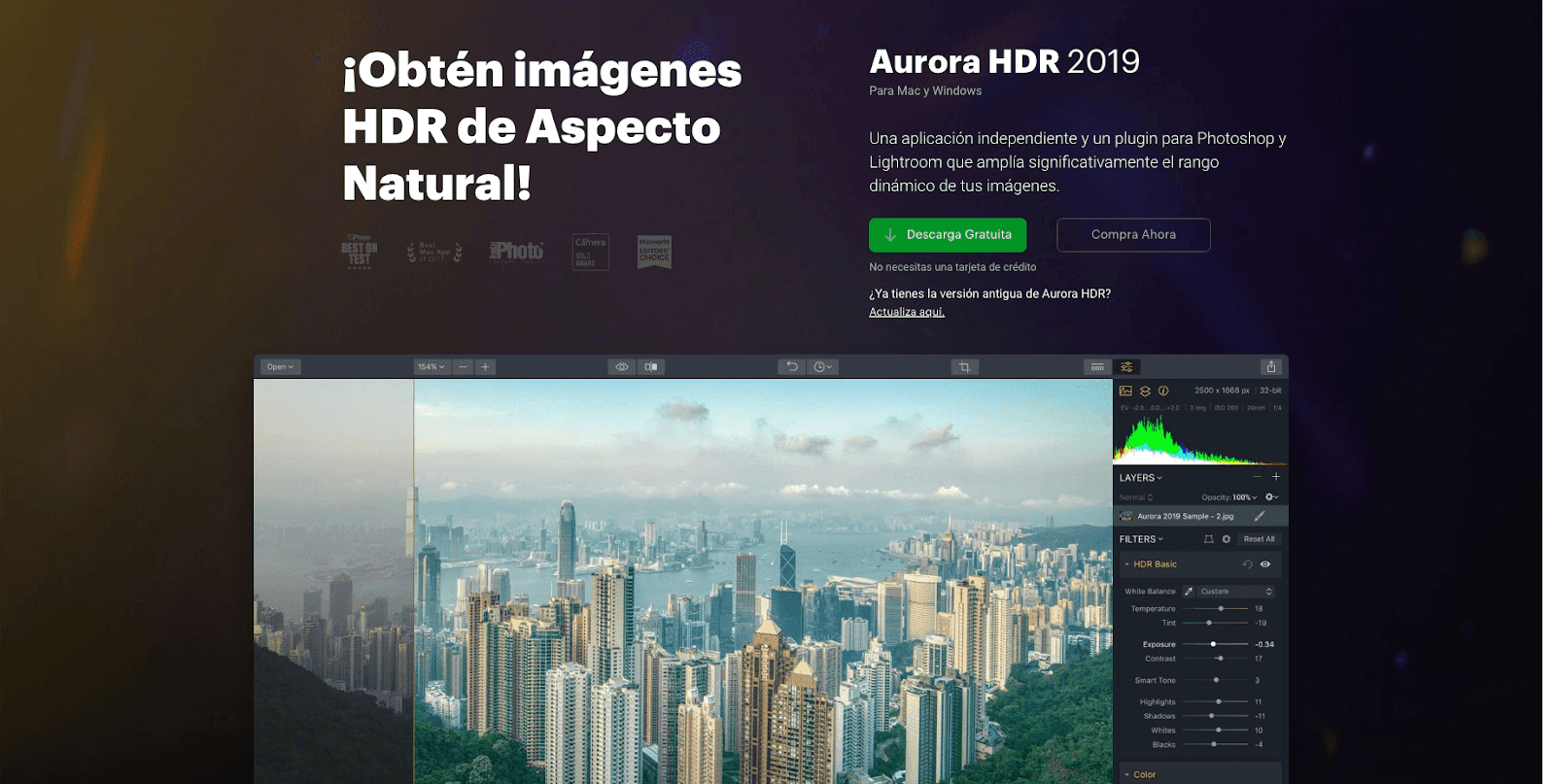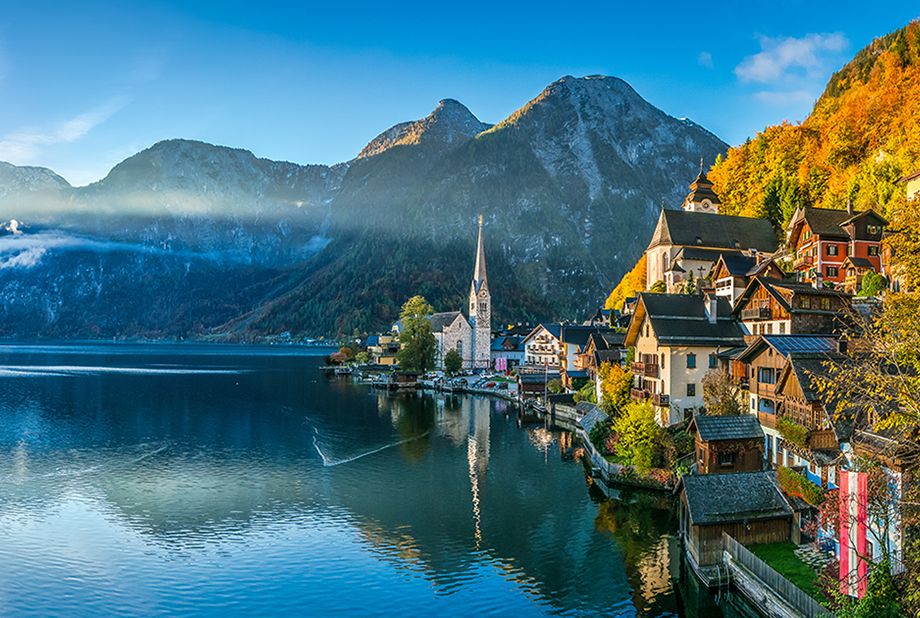

In this article you can read the main new features of Aurora HDR 2019 (compared to Aurora HDR 2018), my first thoughts about the pre sale pre sale version I received from Skylum and more information about a pre sale discount you can benefit from.

As a cityscape photographer I use HDR technology quite a lot so that is the reason why I am always interested in new HDR software. I've watched the Affinity videos a few times but all they do is make me wonder why the programmers went to such lengths to create a clumsy paradigm that does so little of value for its price-so there.Today pre order starts of Aurora HDR 2019, one of the most extensive post processing tools for HDR photography. I assume because of copyright issues the GUIs for all these programs may look similar but have to function differently, so you the need to learn the rules of each game, at least watch a few instructional videos. My impression is that many if not most who condemn Luminar, On1, etc on these forums have not bothered to learn the rules of the game and expect they can master complex programs by randomly moving sliders. Luminar has done innovative work, like the sky replacement tool now cloned into Adobe. Luminar tools for masking et al are on the crude side of crude but those things can be better done back in PS if needed. I bought the new version but I believe one can get a refund if it is no better for the user than the current version. It can simplify many tasks to improve complex images, for me specifically landscapes, but its presets lean heavily on the overwrought.

I see Luminar as a tool best used as a plug-in from PS. The main problem I find with Luminar is that it is single threaded when rendering back to PS so my high bit large color box raw masterpieces can take whole seconds of my life away while waiting for the processing to finish.


 0 kommentar(er)
0 kommentar(er)
